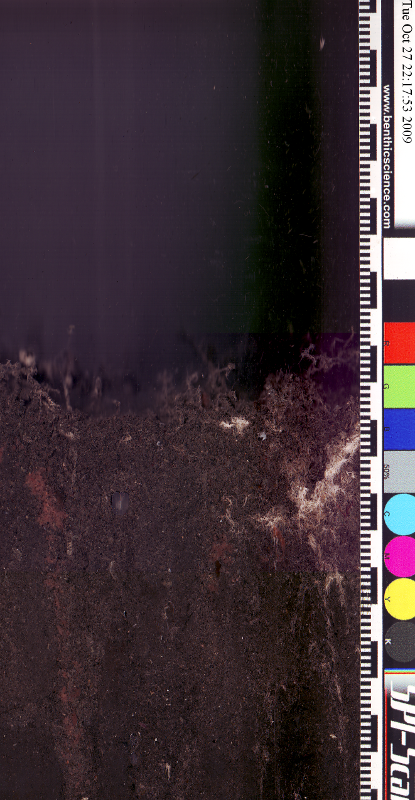We spent tonight doing a guided build. We had two goals:
1) Learn how to take 3D pictures with one camera and the open source GIMP software.
2) Make our own funky anaglyphic glasses using Lee colour filters 026 (bright red) and 354 (special steel blue) and paper, cardboard, cheap sunglasses, or our Reprap printer!
Step-by-step instructions are here -> AnaglyphsPDF . GIMP software is available here -> www.gimp.org

